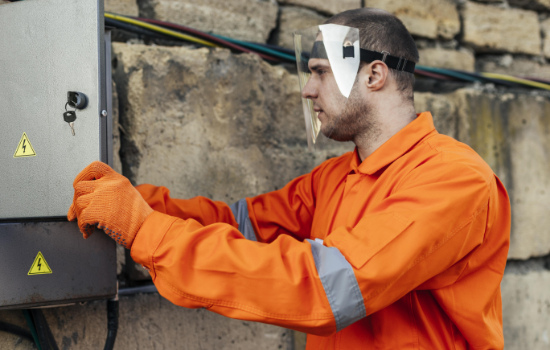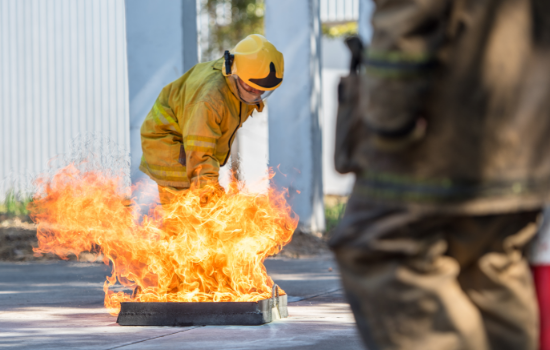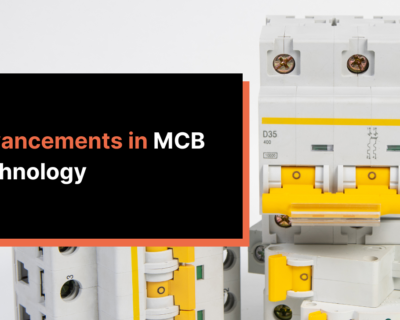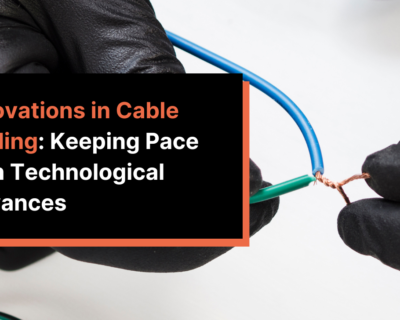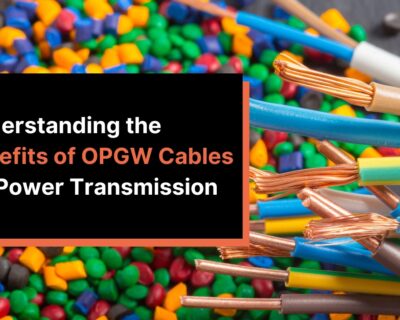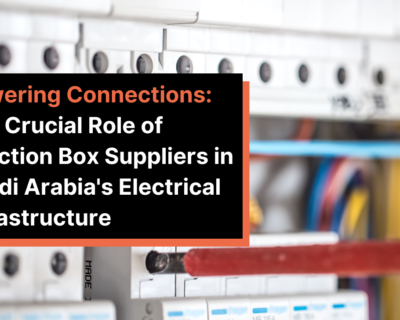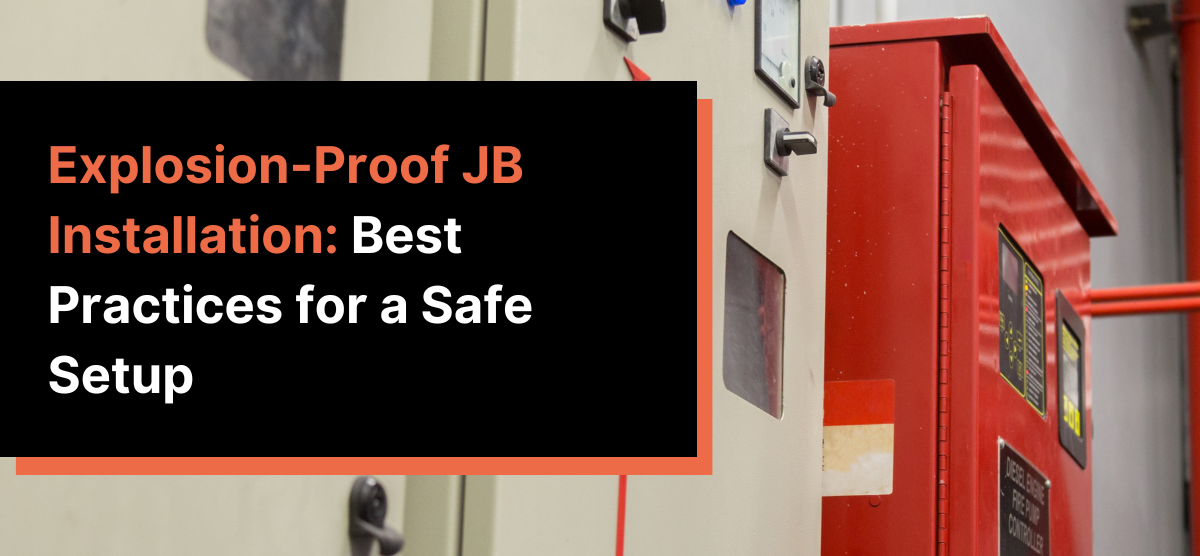
Explosion-Proof JB Installation: Best Practices for a Safe Setup
Explosion-Proof JB Installation: Best Practices for a Safe Setup
When it comes to industries where safety is paramount, the installation of explosion-proof JB (junction boxes) is a critical consideration. Whether you are a light pole manufacturer or need explosion-proof lighting fixtures, ensuring these installations meet the highest safety standards is essential. In this guide, we will explore the best practices for a safe, explosion-proof JB installation.
Why an Explosion-Proof JB?
Why should an installation be explosion-proof? Industries dealing with volatile substances often face the risk of explosions. An explosion-proof JB withstands these emergencies, containing sparks or flames within itself, thus preventing a hazardous outbreak. Isn’t it essential, then, to ensure the correct installation of such vital equipment?
Selecting the Right Explosion-Proof JB Supplier
Before diving into the installation process, it’s crucial to start with the basics: selecting the right explosion-proof JB supplier. Here are key factors to consider:
- Certifications and Compliance: Ensure that the supplier’s products meet industry standards and have the necessary certifications for explosion-proof applications. This includes approvals from organisations such as ATEX, IECEx, and UL.
- Material Quality: The materials used in the construction of JB enclosures should be of the highest quality and capable of withstanding hazardous environments.
- Customization: Depending on your specific needs, consider a supplier that offers customization options for JB enclosures. This ensures that the enclosures are tailored to your unique requirements.
Safety Precautions During Installation
Once you have sourced the right explosion-proof JB and related components, it’s time to focus on the installation process. Safety should be the top priority throughout. Here are the best practices:
- Hazard Assessment: Before installation, conduct a thorough hazard assessment to identify potential risks and classify the hazardous area properly. This step is critical in determining the type of explosion-proof equipment required.
- Proper Wiring: Follow wiring guidelines meticulously, using appropriate wiring methods and cable glands. It’s essential to prevent any potential ignition sources within the JB enclosure.
- Grounding and Bonding: Ensure proper grounding and bonding of the enclosure to prevent static electricity buildup. This is especially important in environments where flammable gases or dust are present.
- Sealing and Gasketing: Carefully inspect the gaskets and seals on the JB enclosure to ensure they are in perfect condition. Replace any damaged seals to maintain the enclosure’s integrity.
- Regular Maintenance: Implement a routine maintenance schedule to inspect and maintain the explosion-proof JB enclosures. This includes cleaning, checking seals, and ensuring connections remain secure.
Explosion-Proof Lighting Fixture Installation
In addition to JB installations, explosion-proof lighting fixtures play a crucial role in maintaining safety in hazardous environments. Here’s how to ensure a safe installation:
- Fixture Selection: Choose explosion-proof lighting fixtures that are specifically designed for the hazardous area in which they will be installed. Ensure they have the appropriate certifications.
- Proper Mounting: Follow manufacturer guidelines for mounting the fixtures securely. Ensure they are installed at the correct height and angle for optimal illumination.
- Electrical Connections: Similar to JB installations, pay close attention to electrical connections. Use appropriate conduit and ensure that connections are sealed against potential hazards.
- Routine Inspection: Regularly inspect explosion-proof lighting fixtures for any signs of damage or wear. Replace any damaged components promptly to maintain safety.
Final Thoughts
The installation of explosion-proof JB enclosures and explosion-proof lighting fixtures is not a task to be taken lightly. Safety should always be the top priority. By selecting the right suppliers, following best practices during installation, and conducting routine maintenance, you can ensure a safe and secure setup in hazardous environments. Whether you’re a light pole manufacturer or working in an industry where safety is paramount, these practices will help protect lives and assets.

